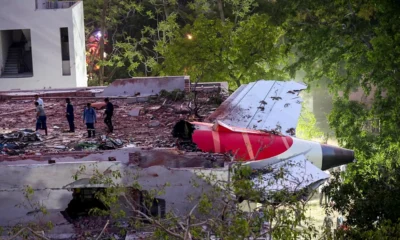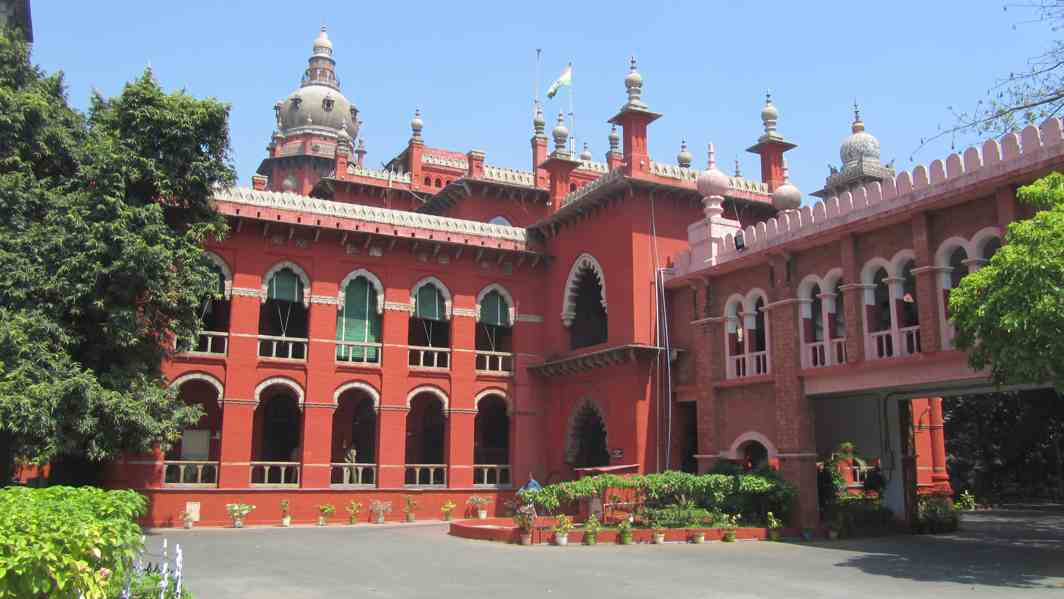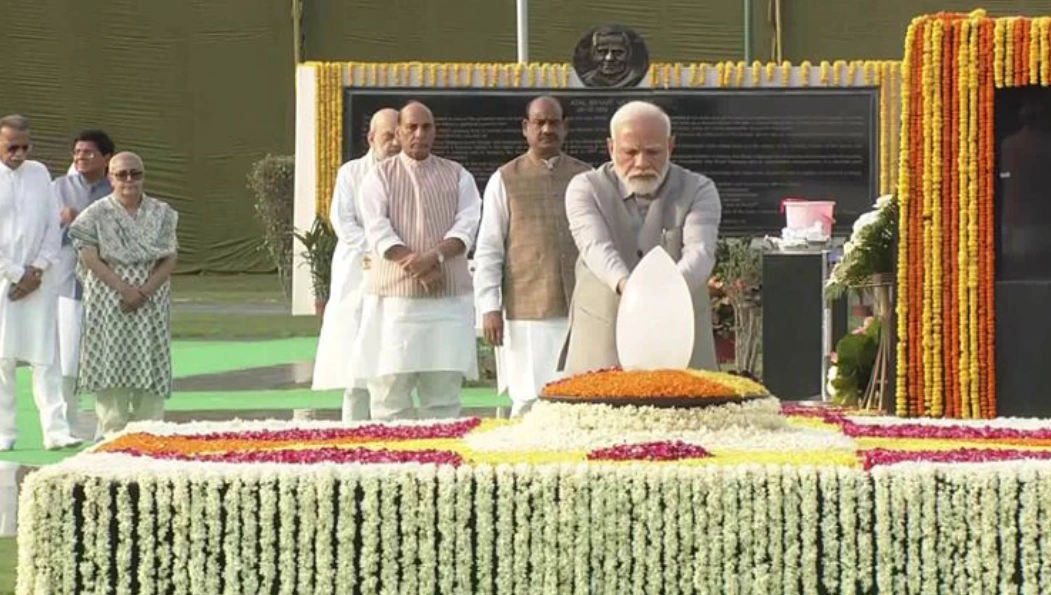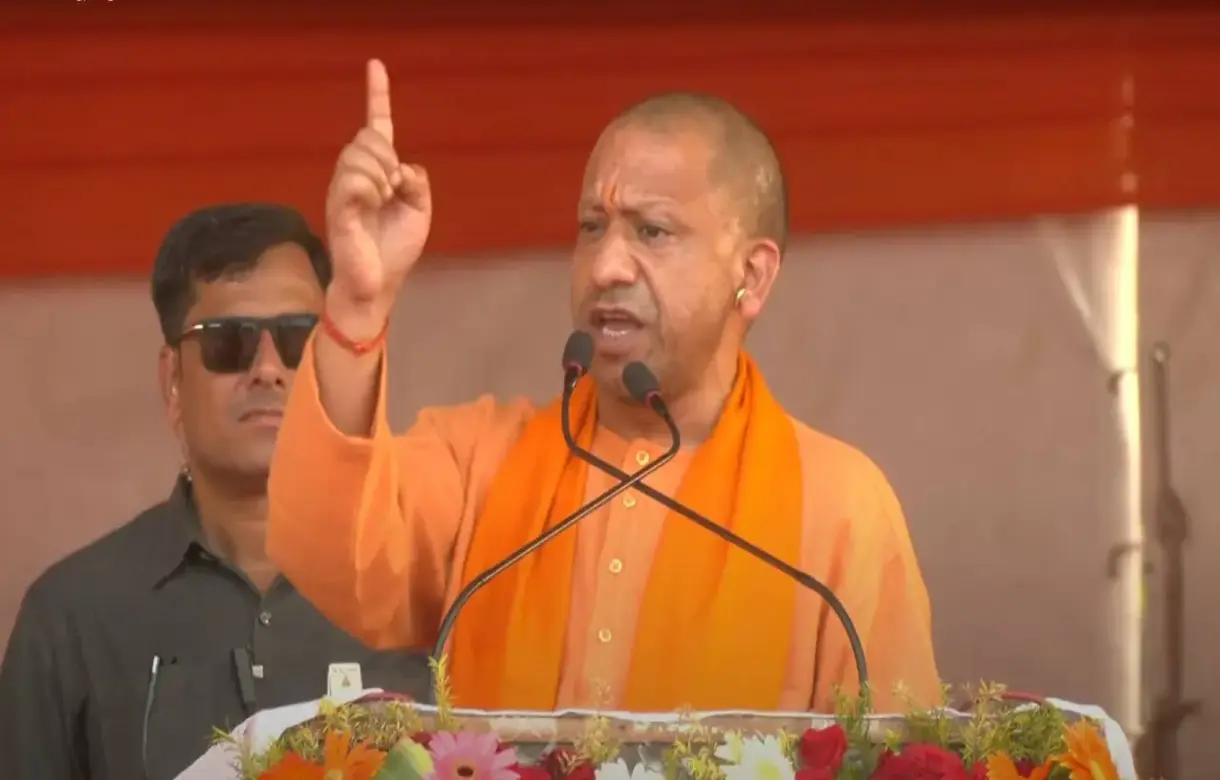The Tamil Nadu government on Saturday, March 31 filed a contempt petition against the Central government a day after the Supreme Court’s six-week deadline to put in place a mechanism to resolve Cauvery dispute ended.
The Supreme Court in its February 16 judgment in the Cauvery dispute had mandated the Central government to frame a scheme to set up a Cauvery Management Board (CMB) and a Cauvery Water Regulation Committee (CWRC) to monitor the allocation of the river water among Tamil Nadu, Karnataka, Kerala and Puducherry.
Tamil Nadu accused the Centre of refusing to act to “protect the interests of the farmers and the larger interests of the State” and urged the apex court to “purge the contempt forthwith” by directing the Centre to frame a scheme in accordance with the judgment by providing for CMB and CWRC vested with all powers to give effect to the decision of the Cauvery Tribunal as well as the judgment of SC.
As per the February 16 judgment in the Cauvery appeals, the Centre had to frame the scheme in six weeks. The deadline ended on March 29. On the eve of the deadline, the Centre moved the Supreme Court for a three-month extension for the implementation of the judgment, citing the model code of conduct due to Karnataka elections. As Karnataka is having Assembly elections on May 12, the Centre wants to deal with the sensitive Cauvery issue after the polls.
The Centre felt that constitution of a scheme under Section 6(A) of the Inter-state River Waters Disputes Act and notification during the assembly election process would lead to massive public outrage, vitiate election process and cause serious law and order problems.
The Centre also sought a clarification on constitution of Cauvery Management Board from the top court asking whether it is open to the Central government to frame the scheme under 6(A) at variance with the recommendations contained in the report of the Cauvery water dispute tribunal regarding Cauvery Management Board.
It also wanted to know whether, if the board as recommended by the tribunal is to be constituted, would the Central government have the flexibility to modify the composition of the board to a mixture of administrative and technical body and not purely a technical body for effect conduct of the business of the board and considering overall sensitivity of the issues involved.
It also wanted a clarification whether the board framed under 6(A) of the act can have functions different from the ones recommended for Cauvery Management Board by the tribunal.
The Centre said in compliance of the February 6 order of the court and in spirit of true federalism, it convened a meeting of the Chief Secretaries of the four states and other officials and initiated consultations for arriving at a consensus. Divergent views were expressed by the states, said the Centre.
Tamil Nadu indicated that the scheme as mentioned by the Supreme Court has been defined in Section 6 which is to implement the final order of the tribunal under the court. The view of Tamil Nadu was that the Central government was mandated to put in place an authority or the body for implementation of the final decision by constituting the board and Cauvery Water Regulation Committee.
Puducherry and Kerala gave similar views but Karnataka was of the opinion that the Supreme Court has left the contents of the scheme to the discretion of the Central government.
It said the contention of Tamil Nadu that the board as formulated by the tribunal should be a part of the Scheme is wholly contrary to the mandate of the judgment and law.
Karnataka also contended that the Scheme contemplated in the Supreme Court judgment is a dispute resolution body as distinct from the management or regulation recommended by the tribunal. Therefore the question of asking Karnataka submit indent does not and should not arise for consideration.
Karnataka said the management and regulation of water of a state namely equitable share of a state determined by the adjudication is the sole prerogative of the state by reference to the entry 17 of the State list to the seventh schedule of the Constitution and therefore a scheme in the form of the board is clearly ultra vires of the Constitution.
Fifthly, Karnataka contended that the Supreme Court has not endorsed or approved the board in its judgment.
On the other hand, Tamil Nadu, which filed the contempt petition through advocate G. Umapathy as soon as the Supreme Court Registry opened on Saturday, reminded that the apex court has clearly, in its February 16 verdict, banned any extension of time to the Centre for framing a scheme.
“Central Government was bound to give effect to the judgment by framing a scheme so that the authorities under the scheme viz. Cauvery management board and Cauvery water regulation committee are put in place within six weeks… It has not taken any concrete steps in this regard,” Tamil Nadu contended.
It pointed that belatedly, after a period of three weeks, the Central government merely convened a meeting of the Chief Secretaries of the party States on 09.03.2018. “The convening of such a meeting does not in any way make any substantial progress in the matter of constitution of a Cauvery management board and Cauvery water regulation committee,” said Tamil Nadu.
Tamil Nadu said it had written to the Centre repeatedly on March 13, March 21 and March 23 for the constitution of a Cauvery management board within the six-week time limit so that farmers do not suffer during the irrigation season commencing from June 1.
“Ensuring timely release of water is apparent in the judgment itself and, therefore, any delay in constituting a Cauvery management board and a Cauvery water regulation committee is to the prejudice to the farmers of State of Tamil Nadu… In the absence of any cogent reasons for not constituting a Cauvery management board and a Cauvery water regulation committee within the time frame and/ or not making any substantial steps in that directions amount to wilful disobedience of the judgment of the Supreme Court,” Tamil Nadu said.


 India News10 hours ago
India News10 hours ago
 Latest world news6 hours ago
Latest world news6 hours ago
 India News11 hours ago
India News11 hours ago
 India News10 hours ago
India News10 hours ago
 Latest world news3 hours ago
Latest world news3 hours ago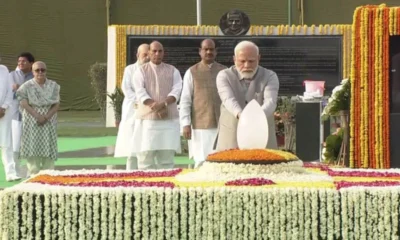
 India News10 hours ago
India News10 hours ago



